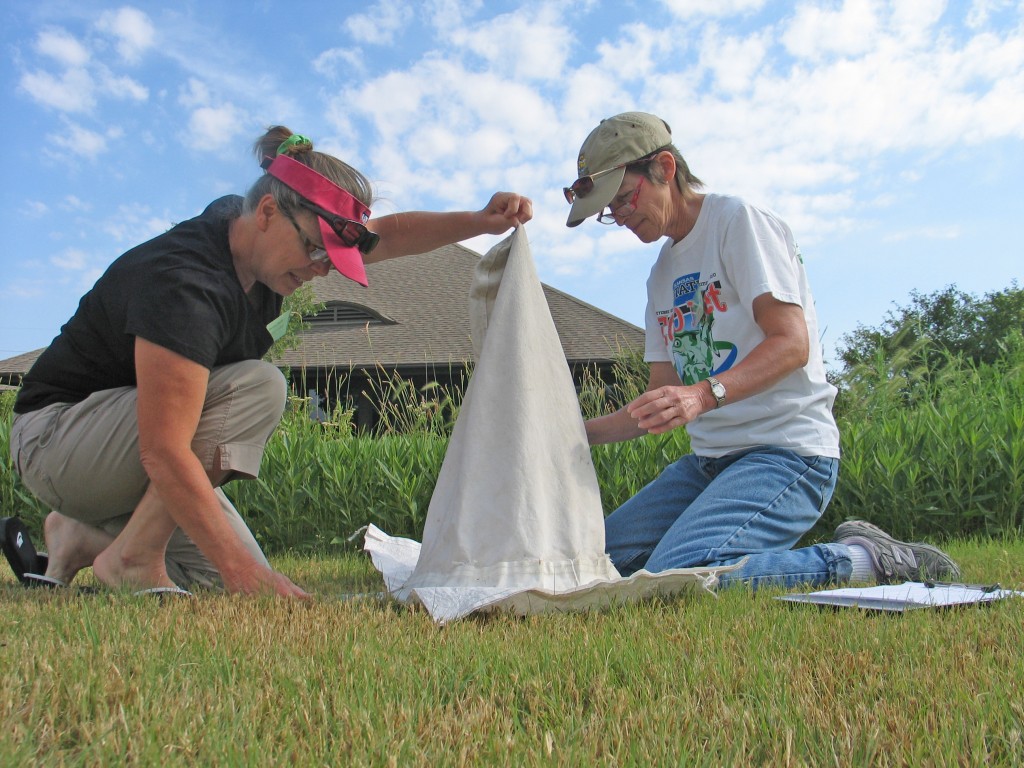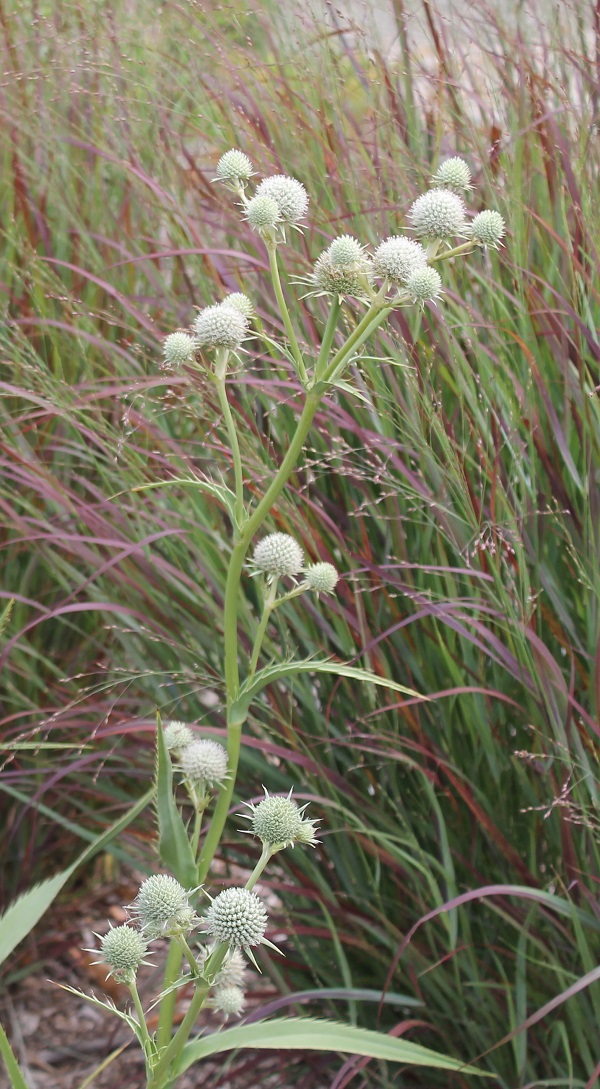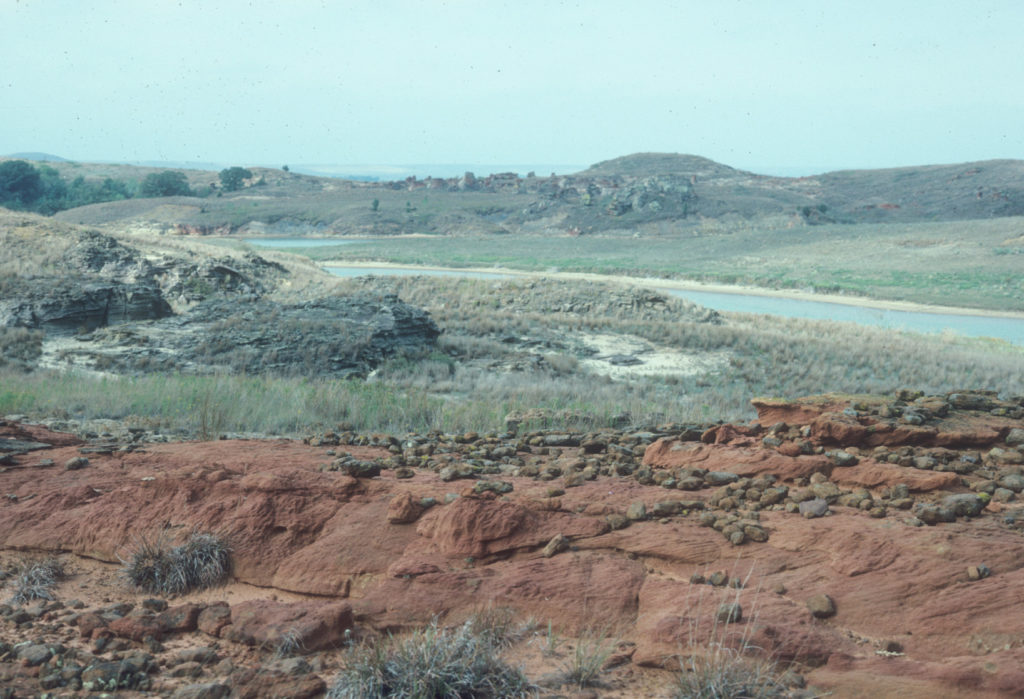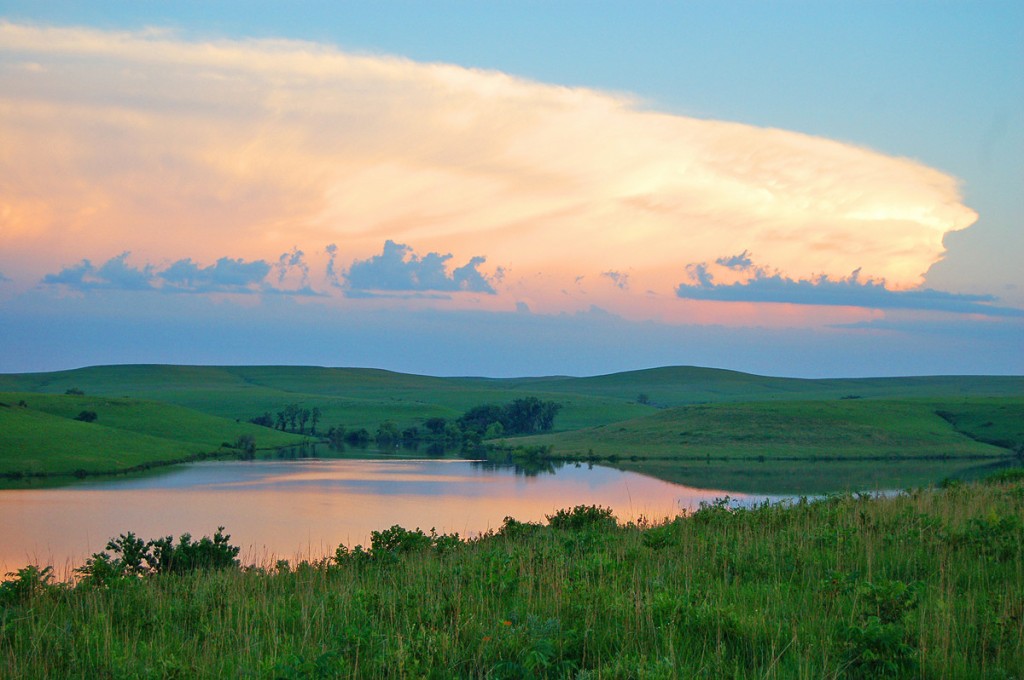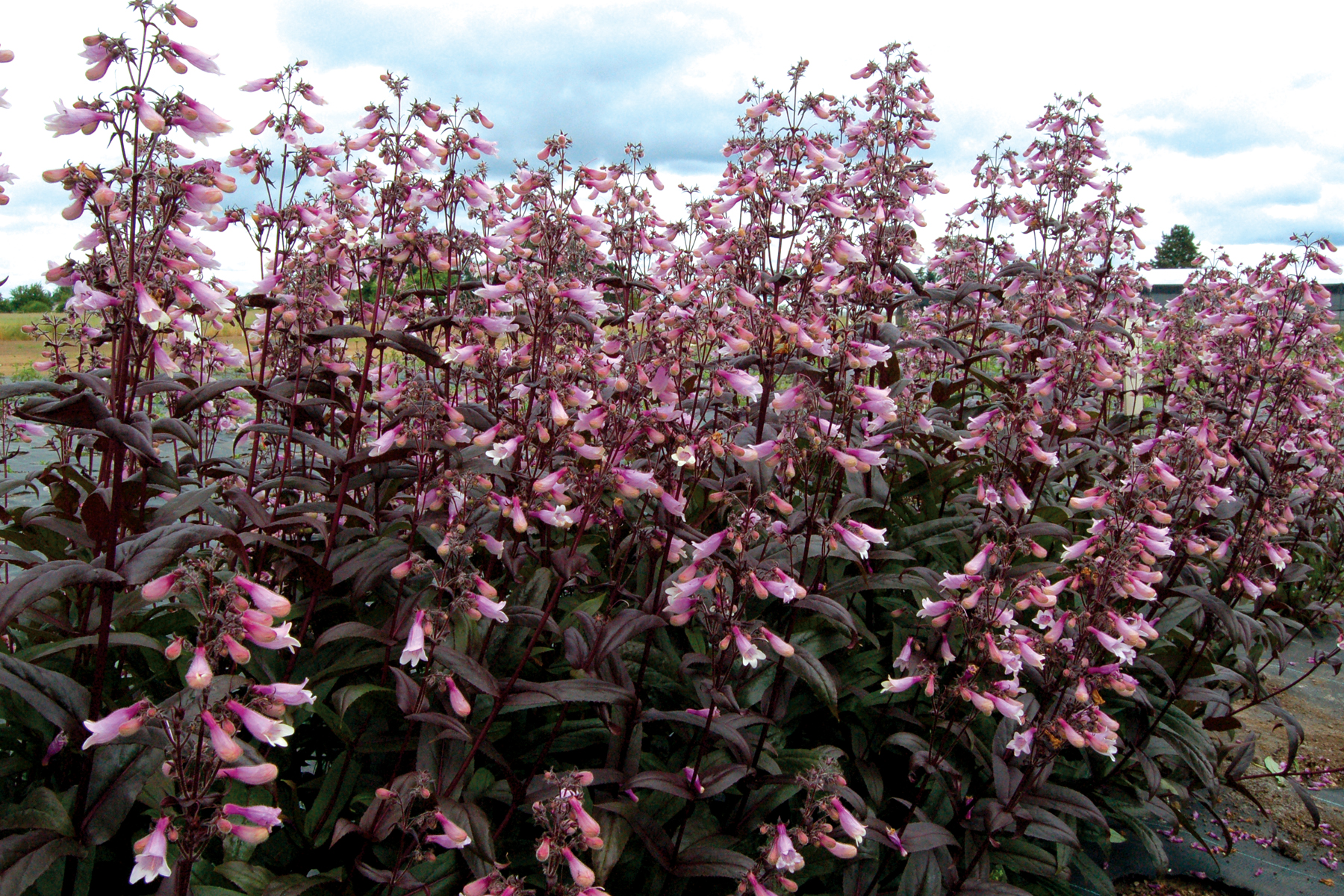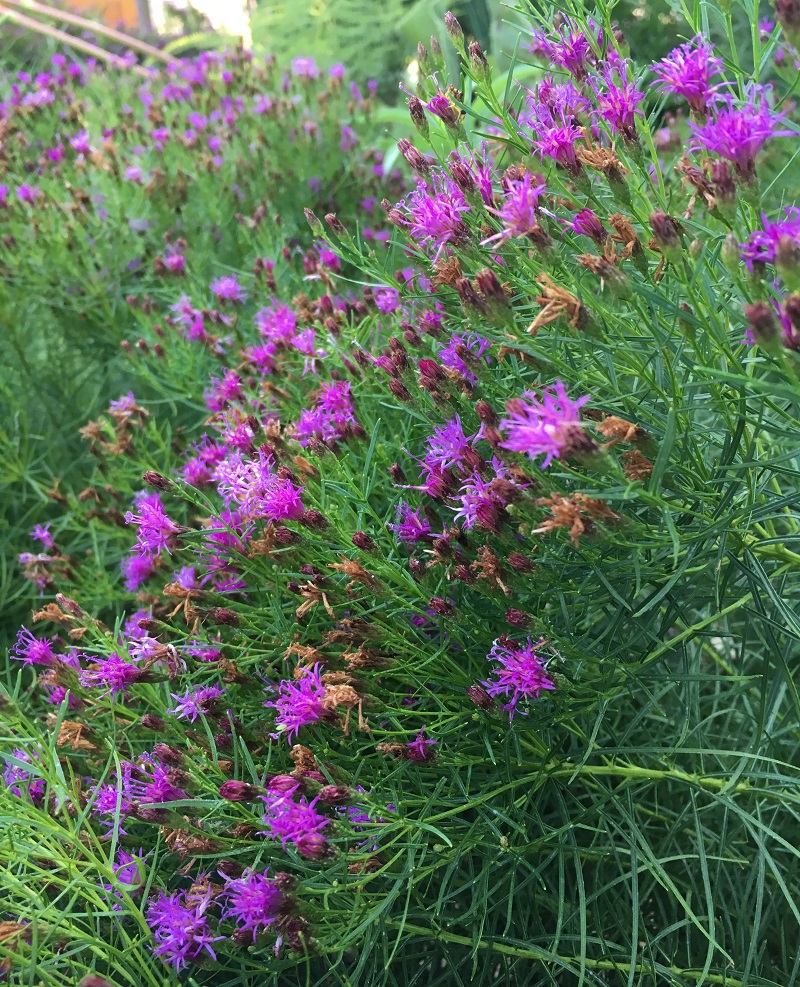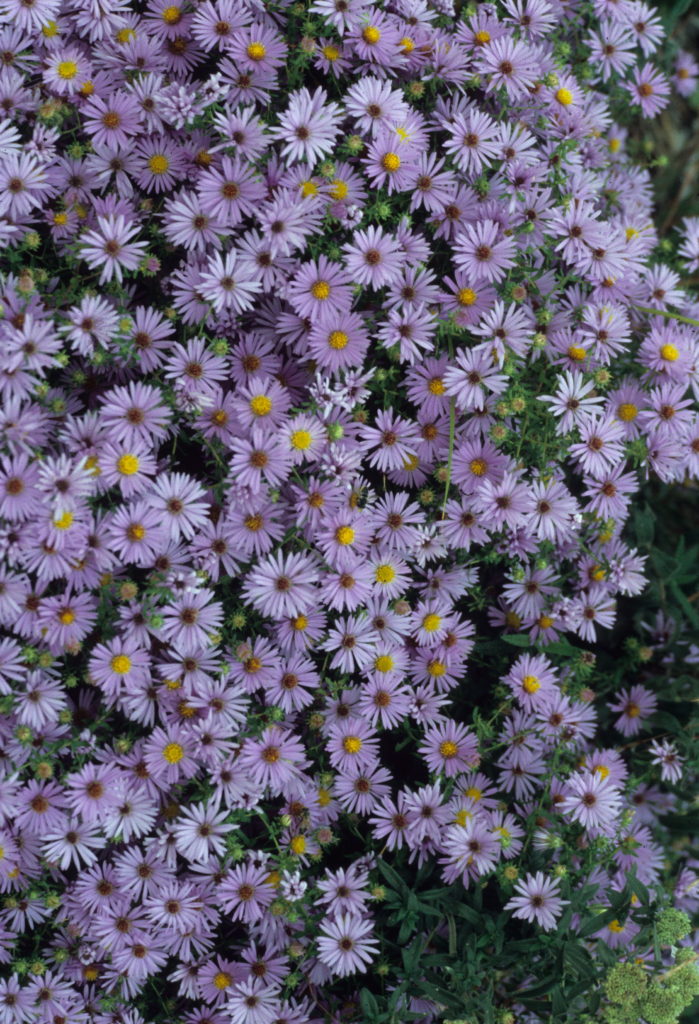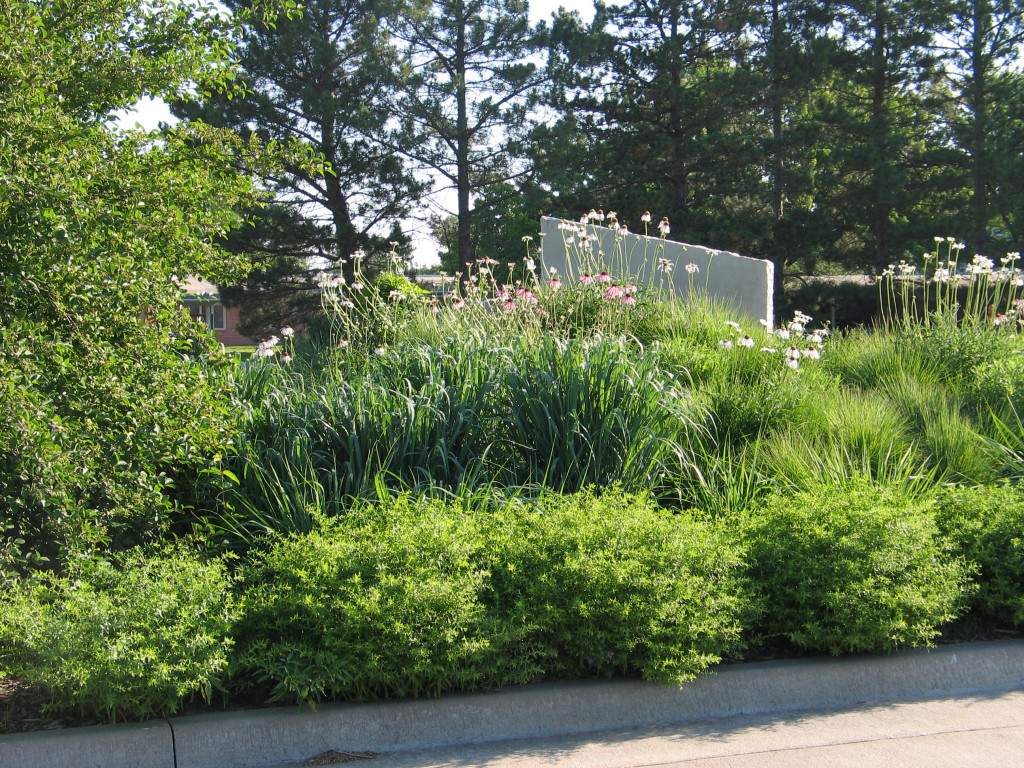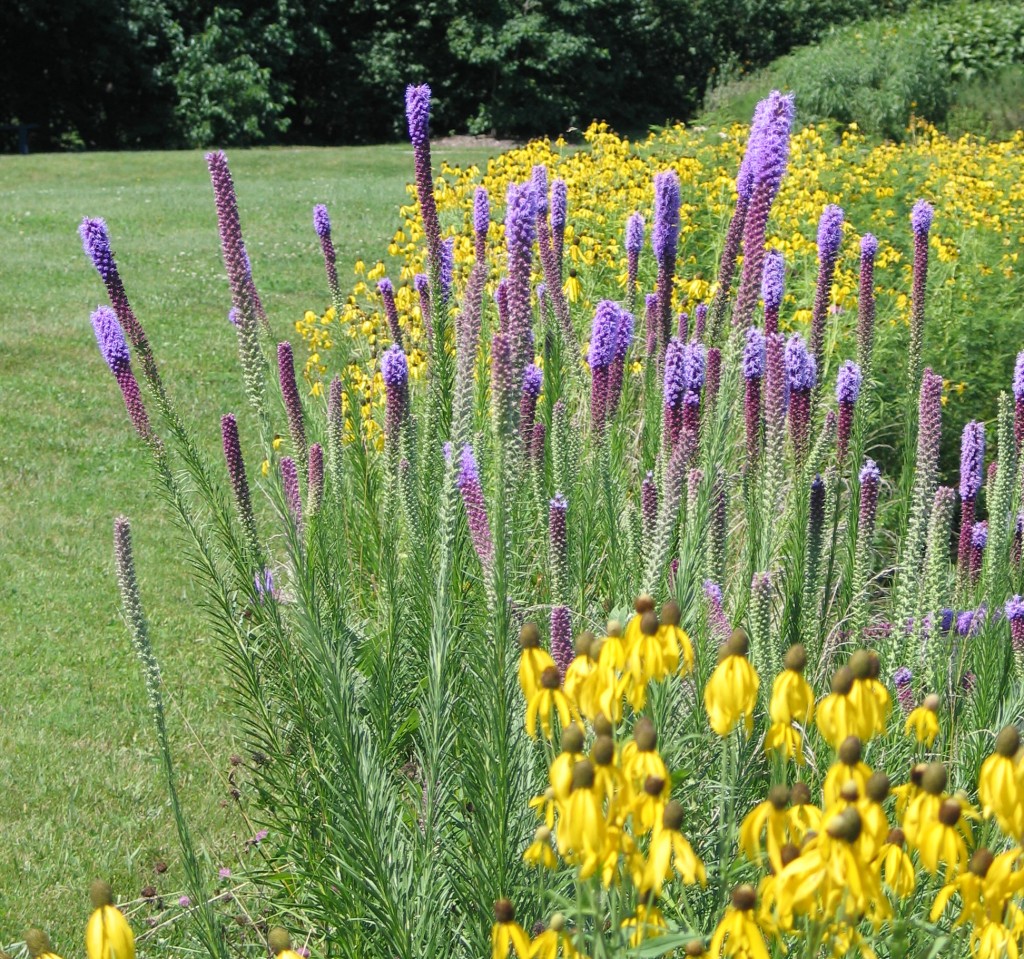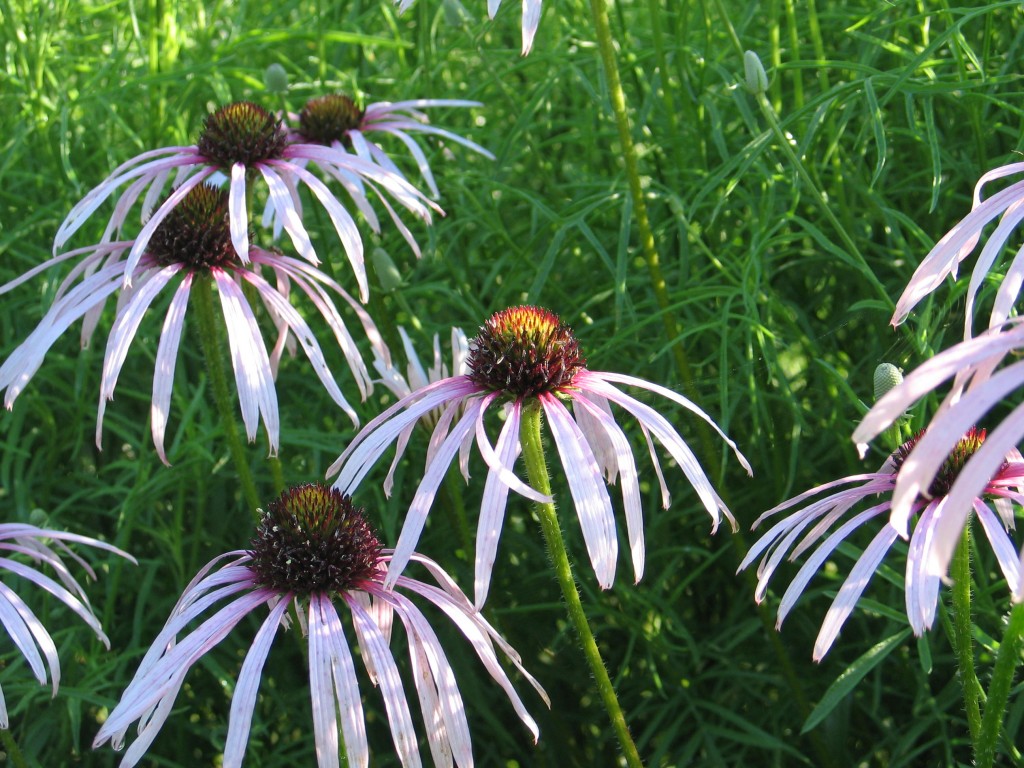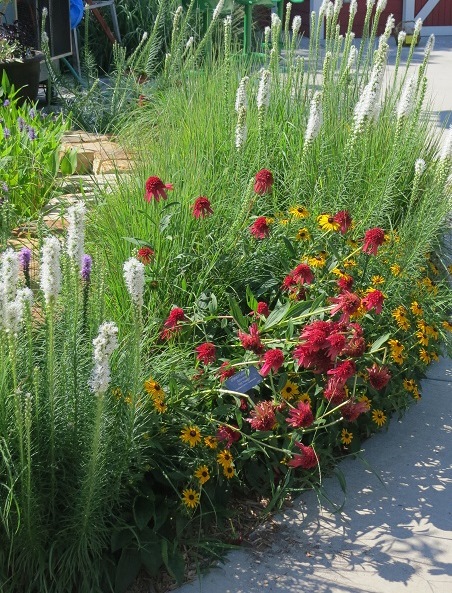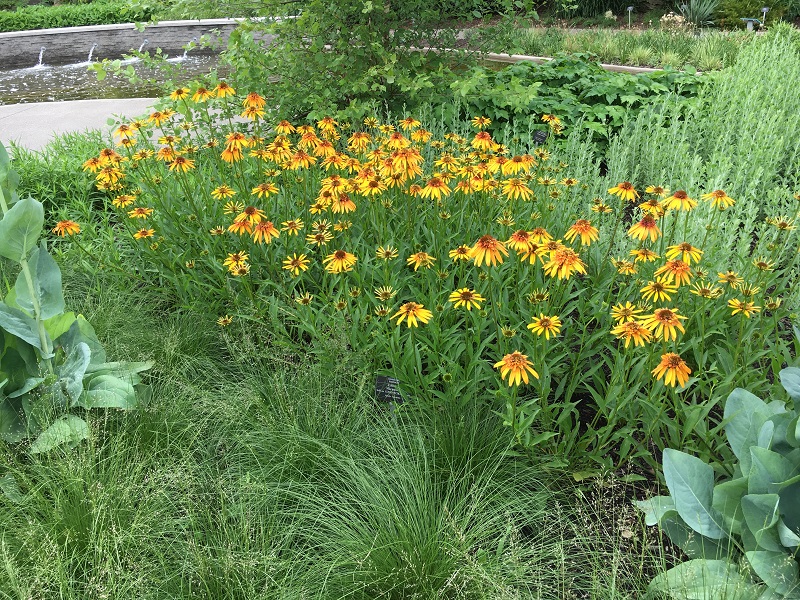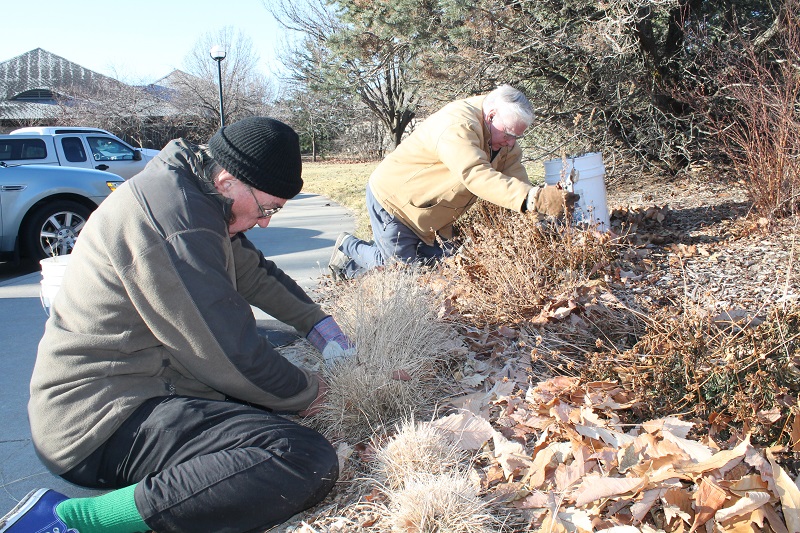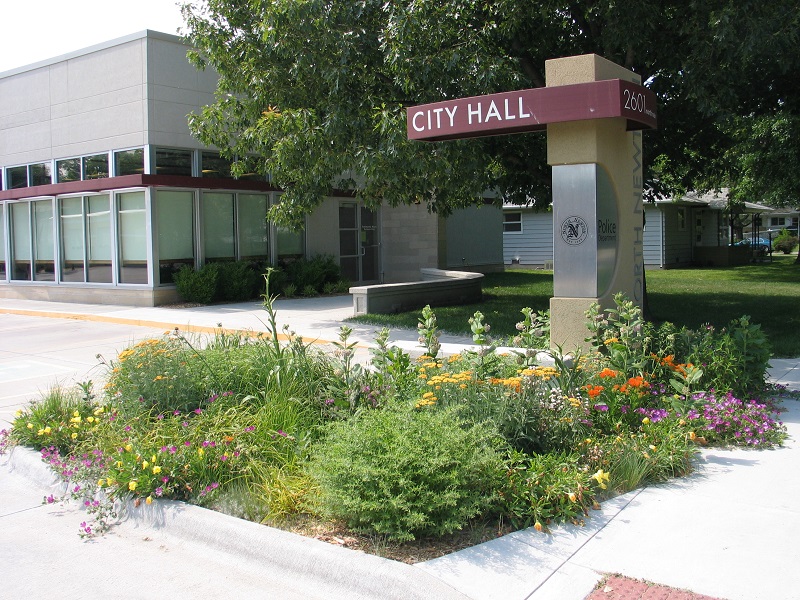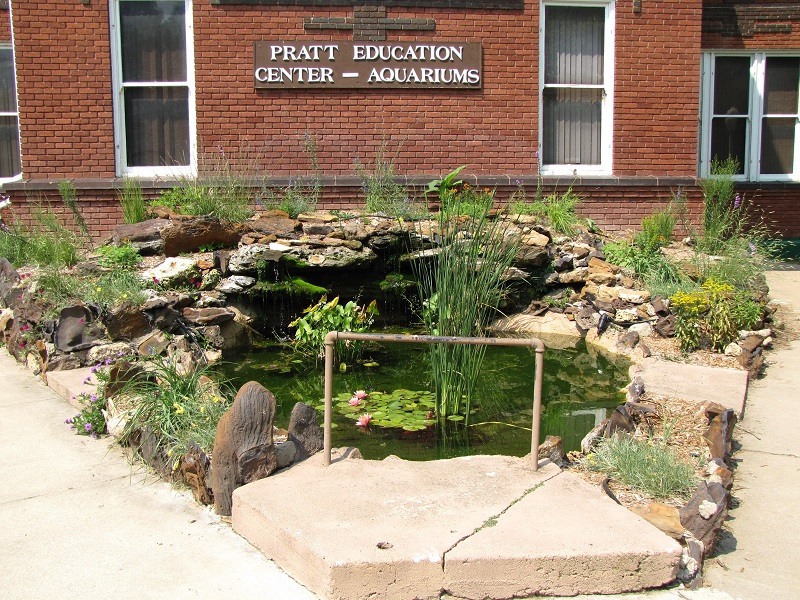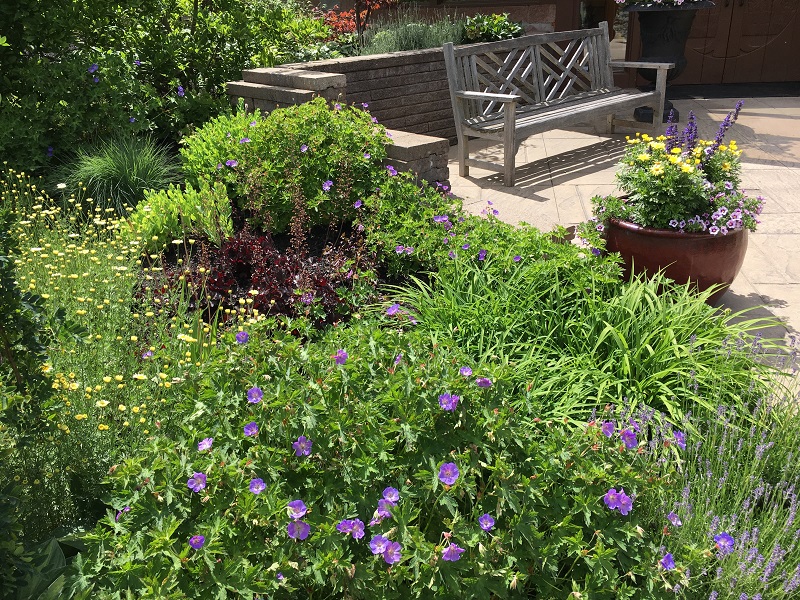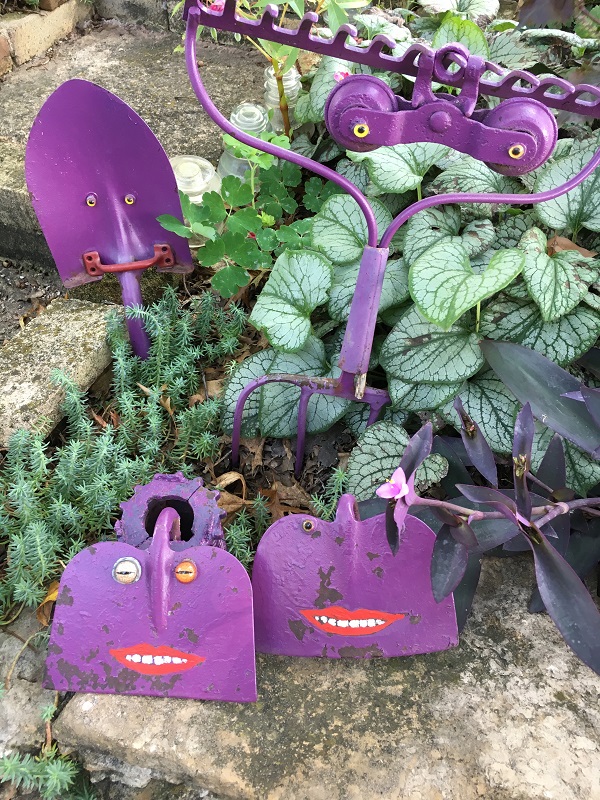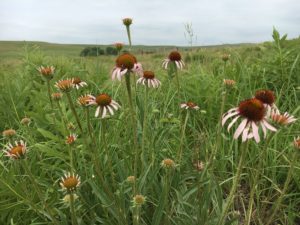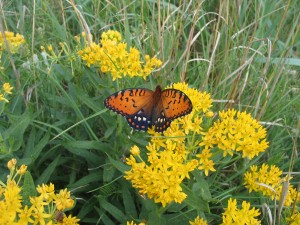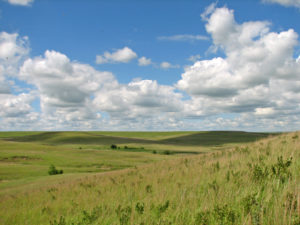In the grand scheme of things, we have a tremendous capacity to impact our surroundings for good or bad. A few changes in how we approach and look at our landscapes can make a real difference to the future of the wildlife we enjoy and care about. Here are five ways you can positively impact wildlife and create something you enjoy too.
Increase vertical layering
Having tiers of plants from the largest trees to the lowest grass and everything in between is the perfect habitat for wildlife. Plants of varying heights and forms create interest in the garden, but more importantly these diverse plants provide food, shelter, and nesting sites for beneficial insects, birds, small mammals, and other wildlife. The use of native plants will only attract more wildlife.
Provide water
Water is an essential part of any diverse wildlife habitat. Just like us, wildlife need water for their survival. It doesn’t have to be anything fancy. A birdbath, small pond or bubbling fountain will be like a magnet for all sorts of wildlife. Besides, there is something soothing about the sound of water moving. We may need it for our own healing.
Reduce your lawn
Invariably as we have done insect sweeps over lawns versus prairies, we always catch more insects and pollinators in the prairie. It makes perfect sense. The shortness of the lawn and lack of diversity of plants repel rather than attract more insects and birds to the areas that are more diverse.
Limit the use of chemicals
Obviously, chemicals were created to eradicate pests. However, chemicals adversely affect not just one pest but also many non-targeted species. In addition, the chemical residue can remain active for an extended period of time, lengthening the impact. Here at the Arboretum, we use chemicals sparingly and as a last resort. A diverse planting attracts a host of insects, including predator insects and birds that feed on the problem pest. A pristine landscape with whole leaves and little insect activity is not natural. Some pests are inevitable and are usually controlled by other wildlife. It is important to wait for the natural processes to take place.
Become a citizen scientist or naturalist. Be aware of wildlife and its needs.
The more you know about the wildlife in your landscape, the more you will understand what they need for their survival. Knowledge is power. Monitor what is happening in your yard. Create habitat by establishing trees, shrubs, grasses and wildflowers that attract a host of diverse wildlife. The awe that many of these critters invoke naturally creates within us a desire to learn more about them.
The most important thing to remember is that you can make a difference. Even a few small steps over the next few years will have a positive impact. While it might not seem like your small space is that important, imagine your landscape connected to hundreds of other patchwork gardens throughout the town. These gardens will make a difference, over time, on the wildlife we seek to help. No small change is too trivial—so pick one of these ideas today and take action!



